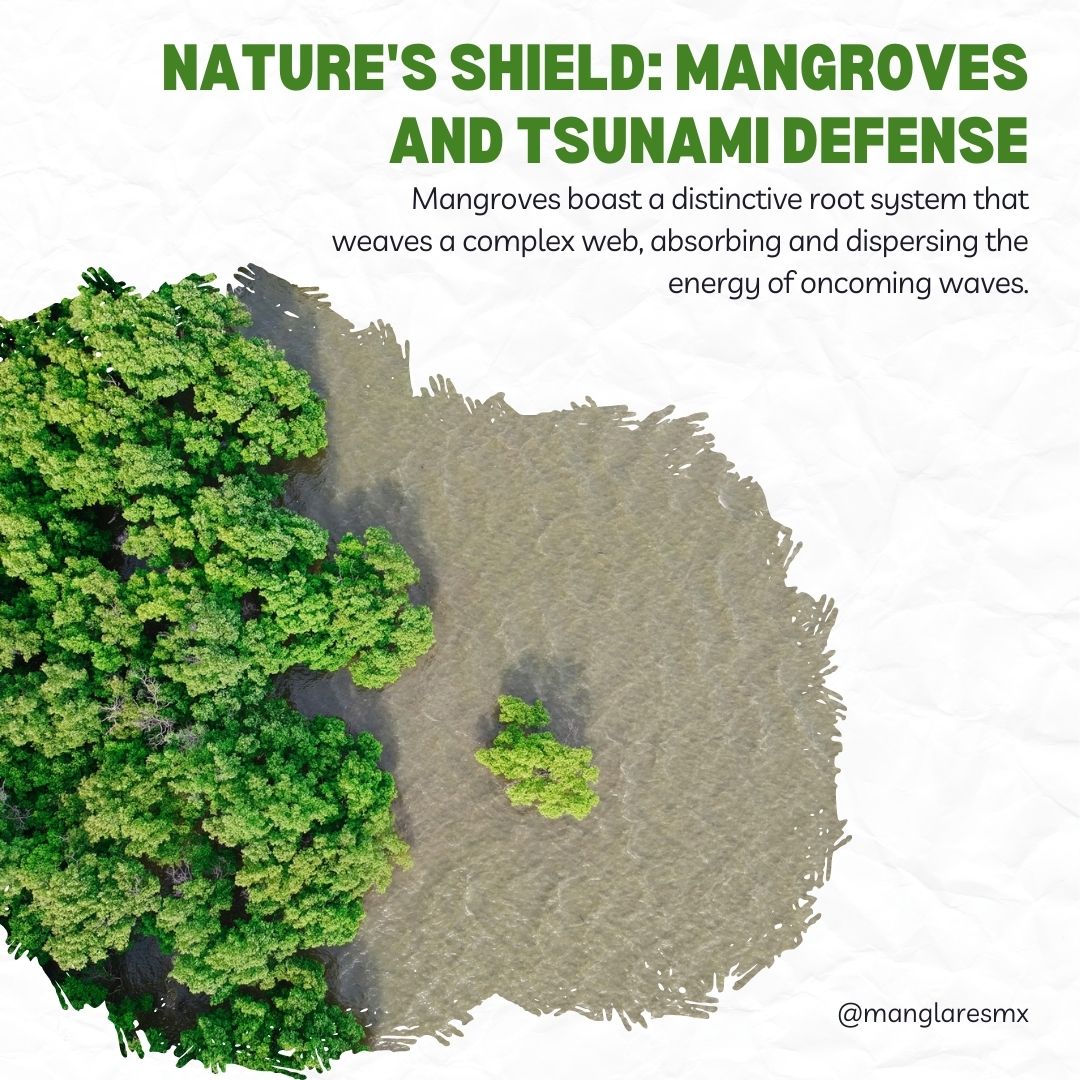The Guardian of the Coast: Mangroves and their Role in Tsunami Mitigation
Mangroves, often overlooked and undervalued, play a crucial role in coastal ecosystems and provide numerous benefits to both the environment and human communities. Among their many functions, mangroves stand out as nature's frontline defense against one of the most destructive natural disasters: tsunamis. This article explores the intricate relationship between mangroves and tsunamis, shedding light on the vital role these unique ecosystems play in mitigating the impact of these powerful oceanic forces.

The Anatomy of Mangroves
Mangroves are coastal ecosystems found in tropical and subtropical regions, characterized by their ability to thrive in saltwater environments. These resilient plants have developed specialized adaptations to survive in the challenging conditions of intertidal zones, where they are exposed to both saltwater and freshwater.
Mangroves typically feature dense networks of prop roots that extend above the waterline, providing stability in muddy and sandy substrates. This distinctive root system not only anchors the trees in the face of tidal forces but also creates a complex maze that can dissipate wave energy, reducing the impact of powerful waves on the coastline.
Tsunamis: A Natural Disaster Unleashed
Tsunamis, often triggered by undersea earthquakes, volcanic eruptions, or underwater landslides, are characterized by massive ocean waves that can travel across entire ocean basins. These waves can cause widespread devastation when they reach coastal areas, resulting in loss of life, destruction of property, and long-lasting environmental damage.
Mangroves as Natural Barriers
The ability of mangroves to act as natural barriers against tsunamis lies in their unique ecological characteristics. When tsunamis approach the coastline, the dense tangle of mangrove roots and vegetation serves as a buffer, absorbing and dispersing the energy of the oncoming waves. This not only reduces the height and force of the waves but also slows down their progress, minimizing the impact on the shoreline.
Additionally, the intricate root systems of mangroves trap sediments and debris carried by the tsunami, preventing them from reaching further inland. The vegetation itself can act as a physical barrier, reducing the speed and erosive power of the water, and thereby protecting coastal communities and ecosystems.
Scientific Studies and Real-world Impact
Scientific studies have supported the role of mangroves in tsunami mitigation. Researchers have found that coastlines with healthy mangrove forests experienced significantly less damage during tsunami events compared to those without mangroves. The 2004 Indian Ocean tsunami, one of the deadliest in recorded history, highlighted the protective role of mangroves, as areas with intact mangrove ecosystems suffered fewer casualties and less infrastructure damage.
Conservation and Sustainable Management
Recognizing the critical role of mangroves in tsunami mitigation, conservation efforts have been initiated worldwide to protect and restore these ecosystems. Sustainable management practices aim to balance human needs with the preservation of mangrove habitats, ensuring that these natural barriers remain intact and effective.
Mangroves stand as unsung heroes along coastlines, providing invaluable services to both the environment and the communities that rely on them. As the frequency and intensity of natural disasters such as tsunamis are expected to increase due to climate change, understanding and preserving mangrove ecosystems becomes paramount. Through conservation efforts, sustainable management, and global awareness, we can harness the protective power of mangroves, ensuring a safer and more resilient future for coastal regions around the world.
